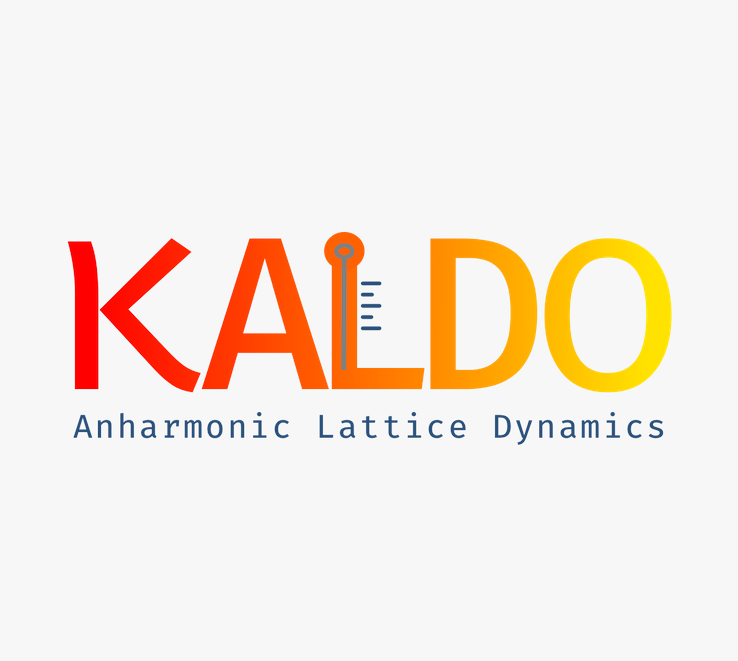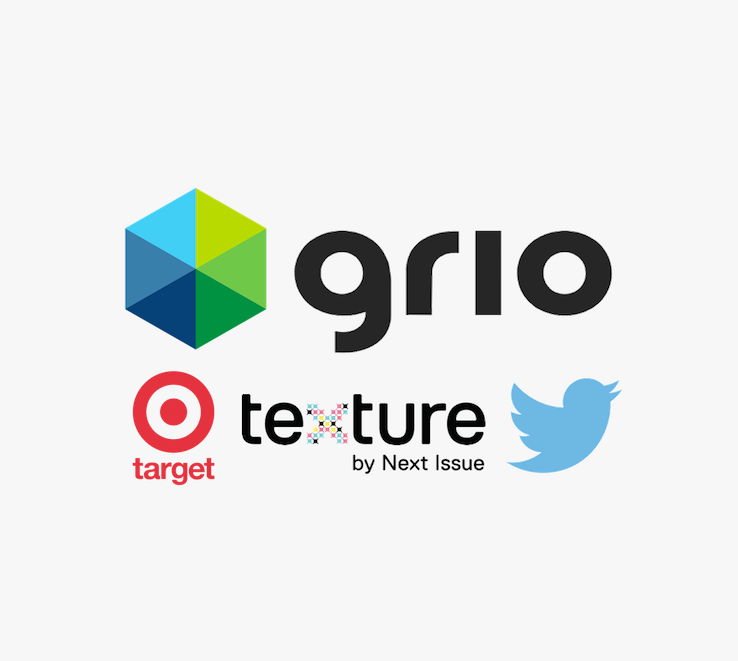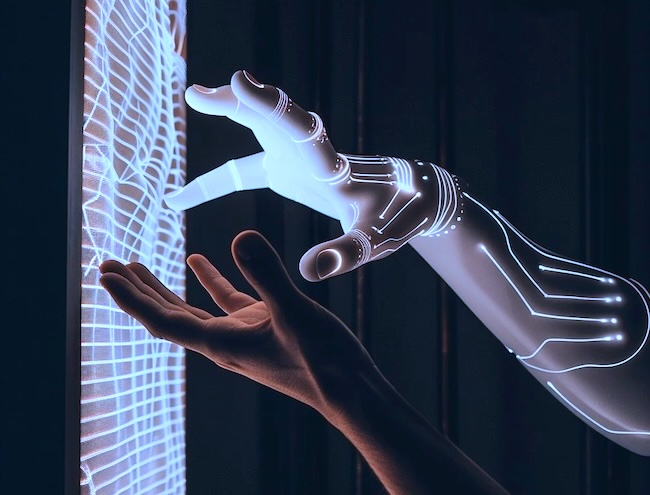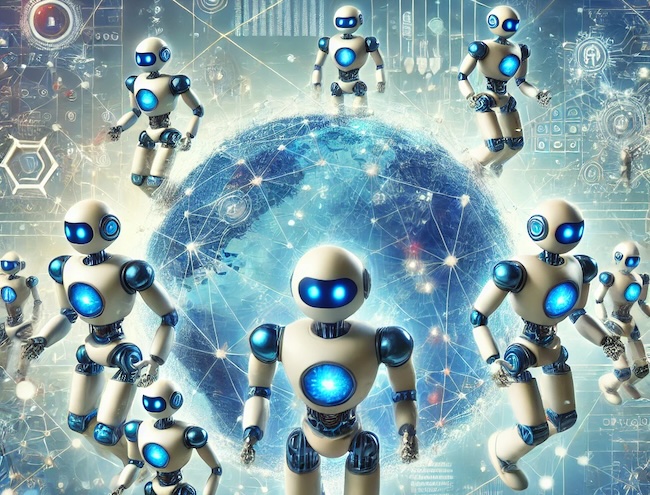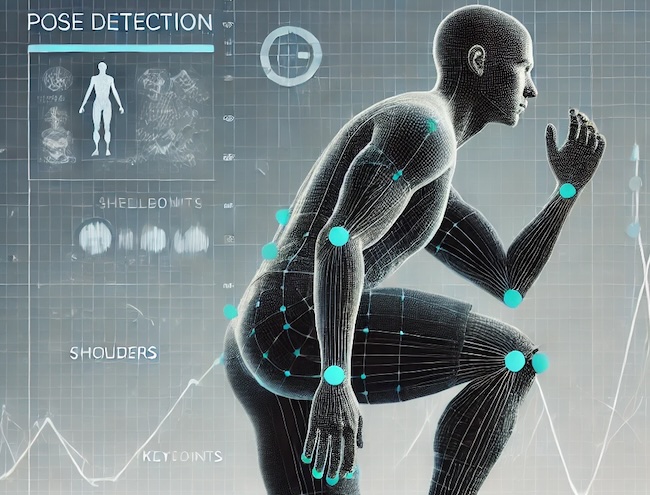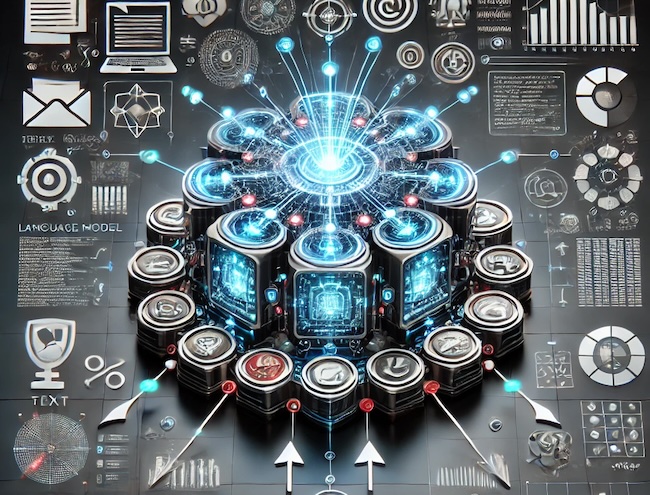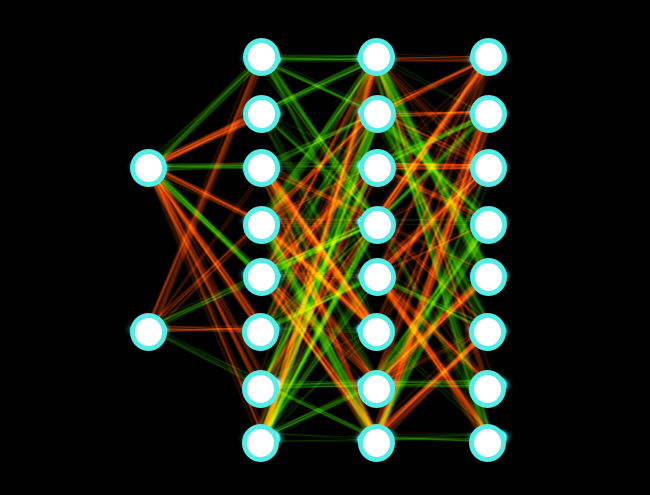
Ciao, I am Giuseppe
I am a technology leader with a deep foundation in physics and digital health.
I am Senior Director of Data Science and AI at Tonal, where I lead efforts in applied research, machine learning, perception, and analytics to build next-generation digital health technologies. I transitioned into a career in AI, software, and robotics after earning my PhD in computational chemistry from the University of California, Davis. My career bridges research and product development, advancing technologies in edge computing, generative AI, and robotics-driven health systems.
I’m always looking to connect with passionate individuals to discuss innovation in AI, data science, robotics, and digital health.
Let's connect
